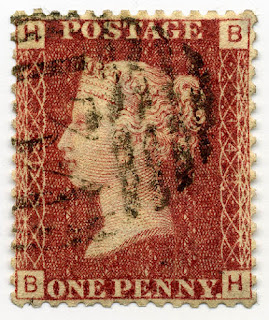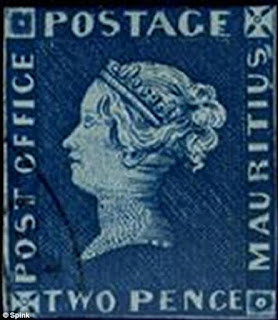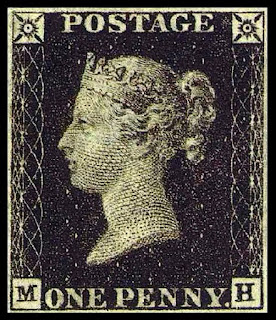Codex Group
Le paquebot Normandie Timbre de 1935
Eng
Is the second stamp engraved by the french engraver Albert Decaris, one of the most famous engravers in the the philatelic world. He engraved more than 600 stamps with 175 for "la poste française". Depicting the lanch of the passenger liner S.S. Normandie in 1932, considered to be the greatest ocean liners ever built. The stamp was issued in 23 April 1935 in darck blue, with 20 millions example.
Fr
Deuxième timbre gravé par le célèbre Albert Decaris, l'un des grands dessinateurs graveurs de timbre-poste. Il a gravé ou dessiné plus de 600 timbres, dont 174 pour la France métropolitaine. Un ans après 1936 le même timbre a été émis une Deuxième fois en couleur bleu clair lorsque le Normandie a obtenu le «Ruban Bleu» de la traversée de l'Atlantique, record de vitesse à la moyenne de 31,7 nœuds, soit 58,6 km/h. Vente générale le Mardi 23 avril 1935, Émis à 20 millions d´exemplaires.

































